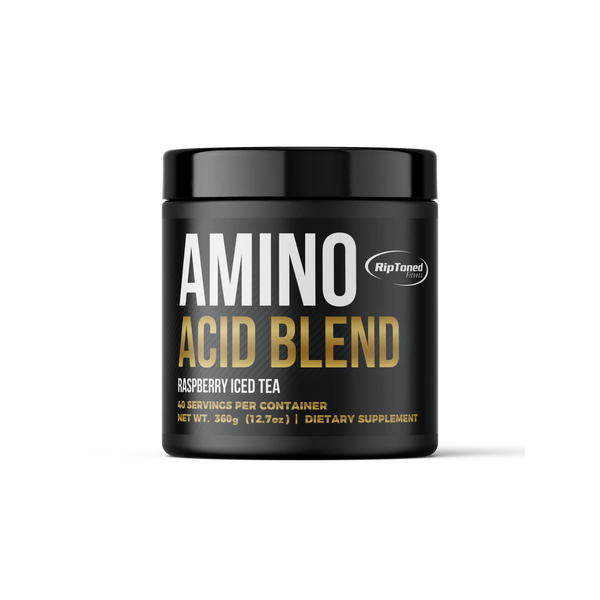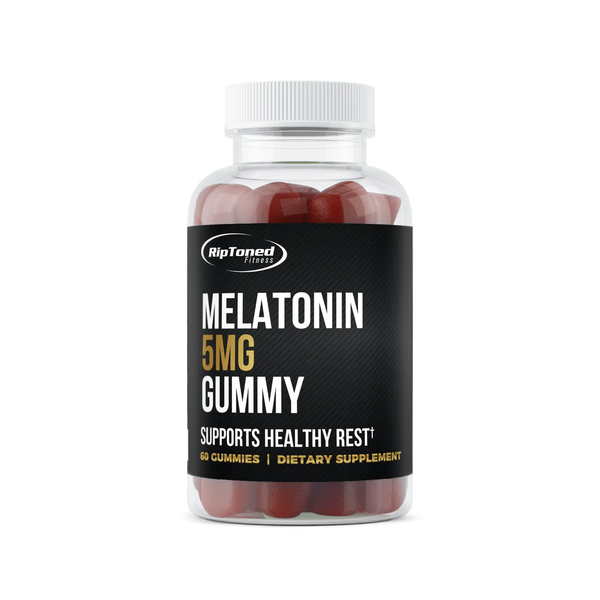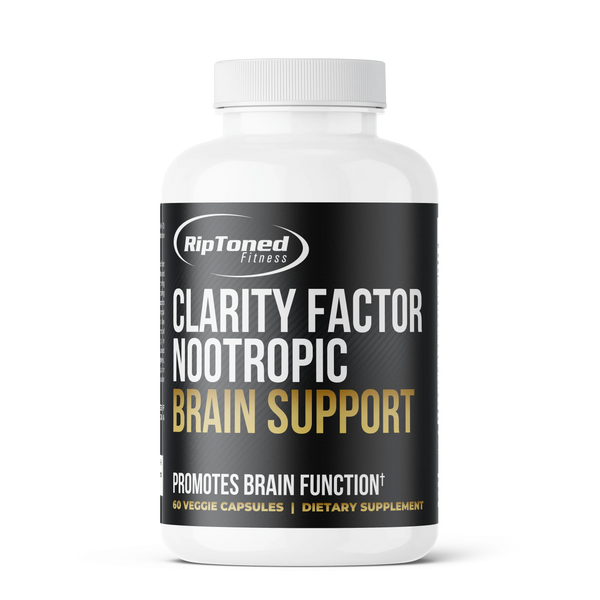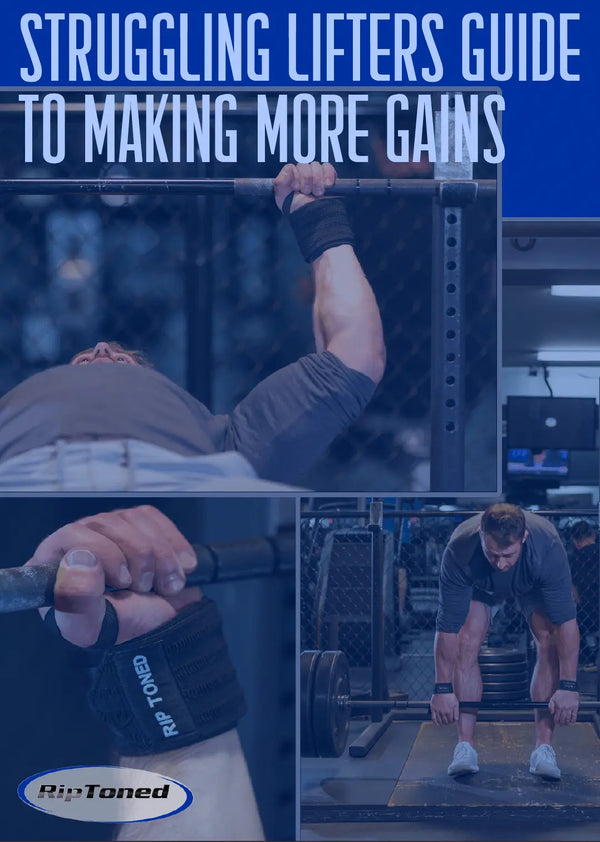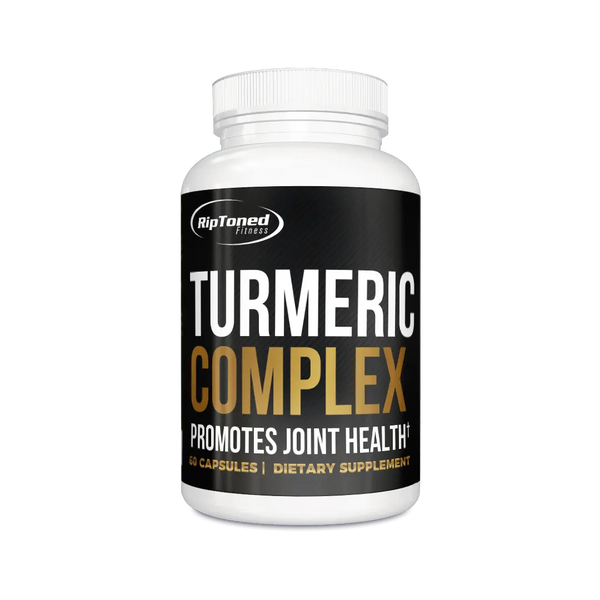
How to Get Into Powerlifting
Mark PasayShare
Powerlifting is a highly specialized sport focused on three core lifts: the squat, bench press, and deadlift. With its surge in popularity, more fitness enthusiasts are discovering the physical and mental benefits of this strength-based discipline.
Whether you're looking to build muscle, enhance your mental toughness, or join a supportive community, powerlifting offers a unique and rewarding challenge. This blog post aims to provide a comprehensive guide for beginners eager to dive into the world of powerlifting.
From understanding the basics and benefits to practical tips on training and nutrition, you'll find everything you need to start your powerlifting journey with confidence and clarity.
What is Powerlifting?
Powerlifting is a strength-based sport that involves performing three main lifts - squat, bench press, and deadlift - with the goal of lifting as much weight as possible.
Unlike other types of weightlifting, powerlifting focuses on overall strength rather than specific muscle groups or body aesthetics. It requires a combination of physical strength, mental focus, and technique to perform these lifts correctly and efficiently.
Competitions in powerlifting are divided into different weight categories and age groups, allowing people from all backgrounds to compete against others with similar abilities. Powerlifting is often compared to Olympic weightlifting but differs in terms of the types of lifts and equipment used.
History and Evolution
Powerlifting has a rich history that dates back to ancient Greece, where strength-based competitions were popular among athletes. However, it wasn't until the mid-20th century that powerlifting was officially recognized as a sport.
In 1964, the first official powerlifting competition was held in York, Pennsylvania, and attracted lifters from all over the country. Since then, powerlifting has gained global recognition and is now practiced in more than 100 countries worldwide.
Over the years, powerlifting has evolved with advancements in technology and training techniques, making it a highly specialized and competitive sport today.
Different Types of Powerlifting
While powerlifting may seem like a straightforward sport, there are different types of powerlifting competitions and variations of the main lifts. Here is a brief overview of the various types of powerlifting:
- Raw Powerlifting: This is the most common type of powerlifting competition where lifters wear minimal equipment such as belts, wrist wraps, and knee sleeves.
- Equipped Powerlifting: In this category, lifters use specialized gear that provides additional support and helps them lift heavier weights.
- Single-ply vs. Multi-ply Lifting: These categories refer to the type of gear used. Single-ply lifting involves using one layer of supportive equipment, while multi-ply lifting involves using multiple layers.
- Classic vs. Modern Powerlifting: Classic powerlifting follows the traditional rules and equipment regulations, while modern powerlifting allows for newer gear and techniques.
Benefits of Powerlifting
Powerlifting offers numerous benefits, both physical and mental. Here are some of the key advantages of incorporating powerlifting into your fitness routine:
- Strength and Muscle Gain: Powerlifting is an excellent way to build overall strength and muscle mass. The three main lifts target multiple muscle groups simultaneously, leading to significant gains in strength and size.
- Improved Physical Performance: By focusing on compound movements and increasing overall strength, powerlifting can improve your performance in other sports or daily activities. It also helps prevent injuries by strengthening muscles and joints.
- Mental Toughness: Powerlifting requires intense concentration, discipline, and perseverance. As you push your body to lift heavier weights, you'll also develop mental toughness and the ability to overcome challenges.
- Community and Support: Powerlifting has a strong sense of community, with lifters supporting and encouraging each other. Being part of a supportive community can improve motivation, accountability, and overall enjoyment of the sport.
- Increased Bone Density: The heavy lifting involved in powerlifting has been shown to increase bone density, reducing the risk of osteoporosis and fractures.
- Boosted Metabolism: Powerlifting involves high-intensity training, which can boost metabolism and increase calorie burn even after your workout is over.
How to Get Into Powerlifting
Now that you understand the basics and benefits of powerlifting, here are some practical steps to get started:
1. Learn Proper Technique
Before adding weight to the bar, it's crucial to learn the proper form and technique for each lift. Beginners should consider hiring a coach or working with an experienced lifter to ensure they're performing the lifts safely and efficiently.
2. Start With Basic Equipment
While there is specialized gear available for powerlifting, beginners can start with basic equipment such as a good pair of lifting shoes, knee sleeves, and wrist wraps.
3. Train Consistently
Consistency is key in powerlifting. Aim to train at least three times a week, focusing on the three main lifts and incorporating accessory exercises to target weak areas. Powerlifting equipment brand Inzer recommends a training schedule of three days on one day off.
4. Follow a Structured Program
Following a structured training program can help beginners progress safely and efficiently. Programs such as Starting Strength or Stronglifts 5x5 are great options for novice lifters.
5. Nutrition is Key
Proper nutrition is crucial for any strength-based sport, including powerlifting. Aim to eat a balanced diet that includes enough protein, carbohydrates, and healthy fats to support your training and recovery.
6. Listen to Your Body
As with any physical activity, it's essential to listen to your body and avoid pushing yourself too hard too soon. Rest and recovery are crucial for progress and injury prevention.
Related Products
7. Consider Competing
While not necessary, competing can be a great way to track progress, set goals, and get involved in the powerlifting community. Start by attending local competitions as a spectator to get a feel for the sport before competing yourself.
These are just some basic steps to get started in powerlifting, but remember that everyone's journey will be different. It's essential to stay patient, consistent and focused on your progress rather than comparing yourself to others.
Importance Tips for Proper Guidance and Training
- Find a Qualified Coach: Having an experienced coach can make a significant difference in your progress and safety while training. Look for someone with knowledge and experience in powerlifting specifically.
- Warm-Up Properly: Warming up is essential before lifting heavy weights to prevent injuries. Incorporate dynamic stretches and movements that target the muscles used in the main lifts.
- Progress Slowly: It's tempting to increase weight quickly, but proper progression is crucial in powerlifting to avoid injury and build strength safely.
- Take Rest Days: Rest days are just as important as training days. Allow your body time to recover and repair itself between workouts.
- Listen to Your Body: If something doesn't feel right, don't push through it. It's crucial to listen to your body and make adjustments or take breaks as needed.
- Incorporate Accessory Work: While the three main lifts are the focus of powerlifting, incorporating accessory exercises can help target weak areas and prevent imbalances.
- Stay Focused on Your Goals: Powerlifting is a long-term journey, and progress takes time. Stay focused on your own goals and avoid comparing yourself to others.
By following these tips and staying dedicated to proper technique, consistency, and gradual progression, you can safely and effectively incorporate powerlifting into your fitness routine for optimal strength gains.
Nutrition for Powerlifting
As mentioned earlier, nutrition is a crucial aspect of powerlifting. Here are some key considerations for proper nutrition while training:
- Calorie Intake: To support muscle growth and strength gains, you'll need to consume enough calories to fuel your workouts and recovery.
- Protein: Aim to consume 1.2-1.7 grams of protein per kilogram of body weight daily to support muscle repair and growth.
- Carbohydrates: Carbs provide the energy needed for intense training sessions, so it's essential to include them in your diet. Aim for complex carbohydrates such as whole grains, fruits, and vegetables.
- Healthy Fats: Don't shy away from fats; they're necessary for hormone production and overall health. Choose healthy sources such as avocados, nuts, and seeds.
- Hydration: Proper hydration is crucial for performance and recovery. Aim to drink at least half your body weight in ounces of water daily.
Remember that nutrition needs will vary based on individual goals and body composition, so it's best to work with a registered dietitian or nutritionist to determine the best plan for you.
Common Mistakes to Avoid
As with any sport or training program, there are common mistakes that beginners may make when starting powerlifting. Here are a few to watch out for:
- Skipping Warm-Ups: As mentioned earlier, warm-ups are crucial for injury prevention and optimal performance. Don't skip them!
- Neglecting Form: Proper form and technique should always come first, even if it means lifting lighter weights. Neglecting form can lead to injuries and hinder progress in the long run.
- Focusing on Max Weights: While it can be tempting to constantly test your one-rep max (1RM), this approach is not sustainable and can increase the risk of injury. Focus on gradual progression and building strength over time.
- Not Planning Rest Days: Rest days are crucial for recovery and progress. Don't neglect them, or you may risk burnout or injury.
- Comparing Yourself to Others: As mentioned earlier, everyone's journey in powerlifting will be different. It's essential to focus on your progress and avoid comparing yourself to others.
Remember that progress takes time, consistency, and dedication. Avoid these common mistakes by listening to your body, staying patient, and following proper techniques.
FAQs
How should I choose a weight class when starting powerlifting?
When starting powerlifting, it's important to choose a weight class that closely matches your current body weight. As you progress in your powerlifting training, you may decide to gain more weight or adjust your weight class based on your goals and how your body responds to the powerlifting program.
What should I expect in a beginner powerlifting program?
A beginner powerlifting program typically focuses on building a strong foundation in the three main lifts: squat, bench press, and deadlift. The program will include structured weight training and strength training sessions with gradually increasing training intensity to help you lift more weight over time.
How do I prepare for my first powerlifting meet?
To prepare for your first powerlifting meet, it's crucial to follow a consistent powerlifting training program in a powerlifting gym. Your training session should focus on the specific lifts you'll perform in the meet, practicing technique, and managing training intensity to peak at the right time.
Why is it important to train in a powerlifting gym?
Training in a powerlifting gym is important because it provides the necessary equipment and environment tailored for powerlifting. You'll have access to the right tools, like squat racks, benches, and deadlift platforms, and you'll be surrounded by others who can offer support and advice as you follow your powerlifting program.
Conclusion
In conclusion, powerlifting is an empowering sport that offers numerous physical, mental, and functional benefits.
By understanding the basics, setting realistic goals, and prioritizing proper technique, you can embark on a rewarding powerlifting journey. Remember the importance of balanced nutrition and avoiding common pitfalls like overtraining and poor form. As you progress, stay engaged with the powerlifting community for support and motivation.
Embrace the challenges, celebrate your milestones, and stay disciplined. With dedication and the right approach, you’ll find yourself achieving feats of strength you never thought possible. Start your powerlifting journey today with confidence and determination!

Related Posts
-
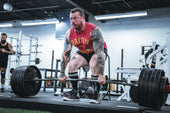
POWERLIFTING THE RIGHT WAY
-
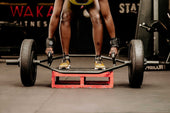
Unlock Your Strength Potential: Conquer Weak Grip Strength Now
-

Bench Press to Success - Mastering your form
-

5 Tips for Women to Build Lean Muscle Tone in 2024
-
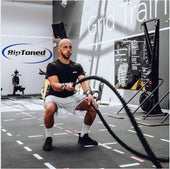
How to Get the Most Out of a Lifting Session
-

Working Out Under the Weather
-

The Lesser-known Benefits of Weightlifting
-

How Weight Training Supports Immune Health
-

The History of Weightlifting
-

Rest up to build up
-
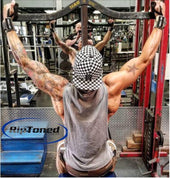
4 Tips to Improve Lifting Gains The Right Way
-

4 Tips to Prevent Training Injuries
-

Top 3 Work Out Myths EXPOSED!!
-

Common Lifting Injuries (And How to Avoid Them)
-

Hit the Gym or Stay at Home?
-
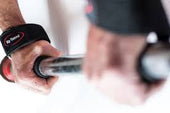
Weightlifting Benefits – Many Health Benefits for Men and Women
-

How Many Times a Week Should I Deadlift? A Guide to Deadlift Frequency and Programming
-

Can Deadlifts Hurt Your Back? Understanding Risks and Prevention
-

Why Does Whey Protein Make Me Sick
-

Can Protein Powder Upset Your Stomach
-

What To Mix Unflavored Protein Powder With
-

Crush Your PRs: The Gradual Strength Increase Guide for CrossFitters
-

Whey vs Collagen Protein: Which Is Best for You?
-

Can I Take Whey Protein Without Working Out? What You Need to Know
-

Why Does Whey Protein Hurt My Stomach: Causes and Solutions
-

Boost Your Run: Should You Take Pre-Workout Before Running?
-

Top Pre-Workout Benefits: Boost Energy and Enhance Performance
-

How Long Does Pre-Workout Take to Kick In? Find Out Here!
-
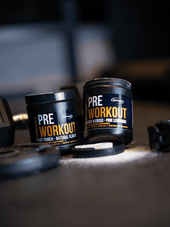
How Long Does Pre-Workout Last? Your Essential Guide
-

Does Pre-Workout Give You Pimples
-

How Long Does Pre-Workout Stay in Your System
-

When Should I Take Pre-Workout
-

Can I Mix Creatine With Pre-Workout
-

Long Term Side Effects of Pre-Workout Supplements
-

How Much Caffeine in Pre-Workout
-

Pre-Workout Alternatives
-

Does Pre-Workout Break a Fast
-

What to Eat Pre-Workout
-

What is In Pre-Workout
-

Advantages of Pre Workout Supplements
-

How To Get Rid Of Pre Workout Itch
-

How To Make Your Own Pre Workout
-

How Many Scoops Of Pre Workout Should I Take
-

How Bad Are Pre Workouts For You
-

How Long Before A Workout Should I Take Pre-Workout
-

How Much Caffeine Is In Bucked Up Pre Workout
-

How Long Does Pre Workout Increase Blood Pressure
-

What Does Pre Workout Do
-

Can I Use Sprite As Pre Workout
-

Can Supplements Boost Weightlifting Motivation
-

Why Do Weightlifters Wear Belts
-

Does Lifting Weights Cause Varicose Veins? What You Need to Know
-

Does Lifting Weights Affect Uterus Health? What Women Need to Know
-

How Lifting Weights Can Affect Your Sex Drive: Does Lifting Weights Make You Horny?
-

Why Don't I Sweat When I Lift Weights? Understanding the Causes
-

Why Are Physical Fitness Attitudes Important? Insights & Benefits
-

Why is Anytime Fitness So Expensive? Understanding Membership Costs
-

Substitute For Whey Protein Powder In Keto Baking
-

How Many Calories Does 1 Hour of Weightlifting Burn
-

A Guide To Cleaner Protein Supplementation
-

What Causes The Frothiness in Your Fitness Drink
-

How to Take Collagen Safely After a Gastric Bypass: Essential Tips
-

Why Do Protein Shakes Make Me Nauseous? Top Reasons and Solutions
-

Why Does My Stomach Hurt After Protein Shake? Understanding Your Digestive Discomfort
-

Can I Take Collagen After Gastric Bypass
-

Why Does My Protein Shake Foam
-

Best Belt for CrossFit: Complete Guide 2025
-
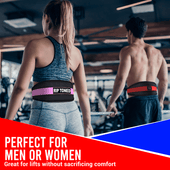
Rip Toned vs SBD Belts: Which Brand Offers Better Value and Performance?
-

The Complete Guide to Women's Weightlifting Belts
-

Should Beginners Use a Weightlifting Belt
-

10mm vs 13mm Belt Thickness: The Complete Guide
-

Prong Buckle vs Lever Buckle Belts: The Ultimate Comparison Guide
-
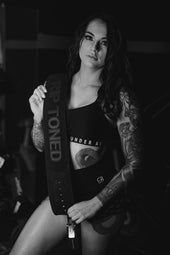
Powerlifting Belts vs Bodybuilding Belts
-

Weightlifting Straps vs. Lifting Hooks: Which is Better?
-

How to Treat Weightlifters Elbow
-

Should You Use Lifting Straps During Bicep Curls for Better Gains?
-

Weightlifting Straps vs. Bare Hands
-

Benefits of Using Weightlifting Straps in Training
-

Mistakes to Avoid When Using Weightlifting Straps
-

Wrist Wraps While Doing Curls
-

Should I Use Wrist Wraps for Bench Press
-

How to Clean Wrist Wraps
-

Are Wrist Wraps Necessary
-

The Ultimate Deadlift Guide: From Form to Performance
-

What Exercises to Use Wrist Wraps For?
-

Are Wrist Wraps Cheating on Bench?
-

Do Wrist Wraps Make You Stronger?
-

Do Wrist Wraps Help With Grip Strength
-

When to Start Using Wrist Wraps
-

Best Weightlifting Belts 2025: Ultimate Buyer's Guide
-
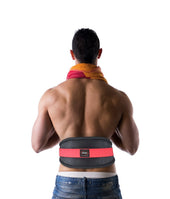
How to Measure for a Weightlifting Belt
-

Can Wrist Wraps Boost Your Grip Strength in Weightlifting?
-

Should You Use Wrist Wraps for Bench Press and Overhead Press?
-

Do Wrist Wraps Help with Wrist Pain During Strength Training? Find Out Here
-

How Can Wrist Wraps Prevent Injury During Heavy Lifting?
-

How Do You Use Weightlifting Straps: A Simple Guide for Better Lifts
-

How to Pick a Lifting Belt: A Practical Guide for Every Lifter
-

How to Measure for Lifting Belt
-
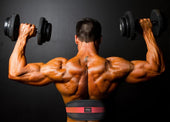
Do Weight Lifting Belts Help Lower Back Pain
-

Do I Need a Lifting Belt
-

Purpose of Weight Lifting Belt
-

When to Use a Lifting Belt
-
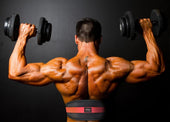
What Does A Lifting Belt Do
-

What Do Wrist Wraps Do For Lifting
-

How To Wrap A Wrist For Carpal Tunnel
-

How To Wrap Wrist For Pain
-

What Are Wrist Wraps For
-

How Do You Use Weightlifting Straps
-

Why Is Mental Focus Important in Powerlifting? The Key to Peak Performance
-

Can Bodybuilding Help with Fat Loss? Discover Proven Benefits
-

Mastering the Basics: How to Improve Your Powerlifting Technique
-

Why Is Proper Form Crucial in Powerlifting? Tips for Safe and Effective Lifting
-

Can Powerlifting Increase Athletic Performance? Exploring Strength Gains and Sport Benefits
-

Top Tips on How to Avoid Common Injuries in Bodybuilding
-

Why Is Recovery Essential in Bodybuilding: Key Strategies and Benefits
-

Can Powerlifting Improve Overall Fitness? Explained
-

How Many Deadlifts Should I Do?
-

How Much Can a 17 Year Old Deadlift? Average Weights and Tips
-

Why Aren’t My Arms Growing as Fast as My Chest? Top Reasons Explained
-

How to Do Back Compression Deadlift: Best Tips for Pain-Free Lifting
-

Why Is My Bench Press Not Increasing
-
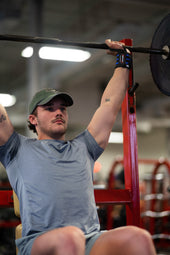
Unlock Your Potential: How to Get Stronger Gradually
-

Unlock Muscle Growth: Understanding What Is the 6-12-25 Rule
-

5 Lbs of Muscle in a Month? Let's Get Real
-

Get that celebrity booty in 10 easy to do work out routines
-

A.M. vs P.M. Workouts
-

Fasting Do’s and Dont's
-
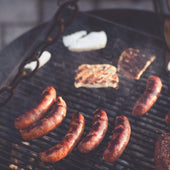
5 Surprising Sources of Protein
-

Home Workout Upgrade Must-haves
-

Top 5 Reasons You Aren’t Reaching Your Weightlifting Goals
-

Squats: A Must in Weightlifting and for Strength Training
-

Weightlifting Routines for Men, Women and Beginners

